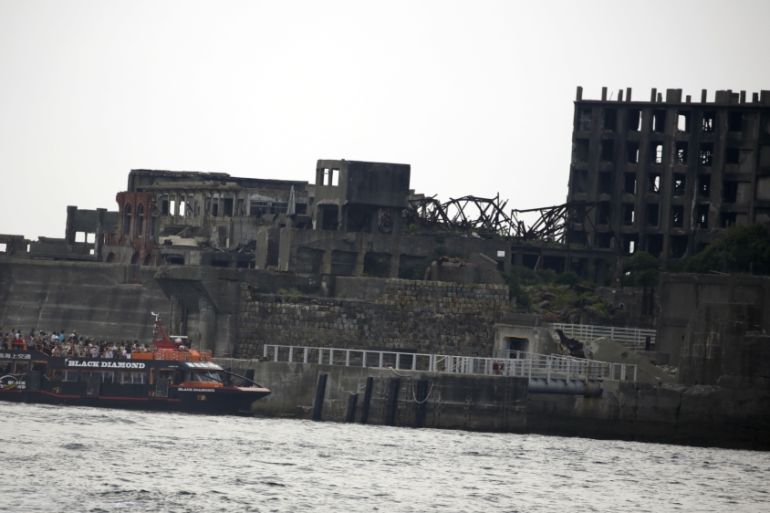UNESCO lists controversial Japanese heritage sites
Cultural body confers world heritage status on sites seen representing Japanese oppression after Seoul lifts opposition.

UNESCO, the UN’s cultural body, has conferred world heritage status on a number of new sites including some seen as representative of Japanese oppression, as South Korea lifted its opposition to the listing.
The Japanese bid to have 23 sites considered representative of Japan’s industrial revolution under Emperor Meiji listed touched off a diplomatic row with South Korea and China.
Seoul and Beijing said that seven of the sites had been centres for deportation and forced labour during their respective Japanese occupations.
Beijing had also earlier opposed what the official Xinhua news agency calls a “whitewashing” of Tokyo’s militaristic past.
UNESCO’s World Heritage committee added the 23 sites to its vaunted list, at a meeting in the western German city of Bonn.
“Just inscribed as UNESCO World Heritage sites of Japan’s Meiji Industrial Revolution: iron and steel, shipbuilding and coal mining,” UNESCO announced via Twitter on Sunday.
In a statement to the UN cultural body, the Japanese delegation said it was “prepared to take measures that allow an understanding that there were a large number of Koreans and others who were brought against their will and forced to work under harsh conditions in the 1940s at some of the sites, and that, during
World War II, the Government of Japan also implemented its policy of requisition”.
It also added that it was prepared to “incorporate measures into the interpretive strategy to remember the victims such as the establishment of [an] information centre”.
Elsewhere, the US succeeded in its bid to have the 18th-century Spanish-built San Antonio Missions in Texas added to the world heritage list.
The five Spanish Roman Catholic sites built in and around what is now the city of San Antonio is where in 1836 about 180 Texans fighting for independence from Mexico died in battle against Mexican General Santa Anna’s army of several thousand soldiers.
Inclusion on UNESCO’s list can bring considerable economic benefits, because as well as being a powerful tourist draw, world heritage sites are eligible for financial assistance towards preservation.